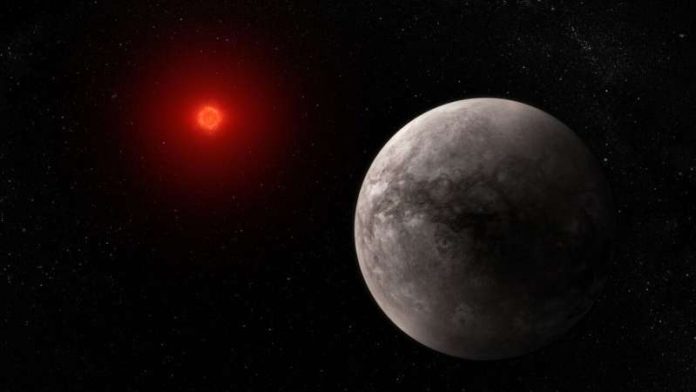
Credit: Unsplash+.
For years, scientists believed that planets orbiting white dwarf stars couldn’t support life.
These stars, the remains of sun-like stars that have burned out, were thought to have unstable environments as they cooled.
But new research is challenging that idea, offering hope that life could exist in these unlikely places.
Caldon Whyte, a Ph.D. student in space sciences at Florida Tech, is two years into his research on white dwarfs and their potential to host life-supporting planets. After earning his bachelor’s degree in astrobiology in 2023, he became fascinated by how life could survive in the changing conditions around these stars.
With the help of his advisors, Manasvi Lingam and Luis Henry Quiroga-Nuñez, Whyte developed a model to test whether white dwarfs could provide enough energy for two key life-related processes: photosynthesis (which plants use to make food) and UV-driven abiogenesis (a process that may have helped life start on Earth).
His results were surprising. He found that, even as white dwarfs cool over billions of years, planets in their “habitable zone” could still receive enough energy to support both processes at the same time.
This means that planets orbiting white dwarfs could have conditions similar to Earth’s—something rarely seen around other types of stars.
Whyte’s findings were published in the _Astrophysical Journal Letters_ in a paper titled “Potential for Life to Exist and be Detected on Earth-like Planets Orbiting White Dwarfs.” His co-authors included Lingam, Quiroga-Nuñez, and Paola Pinilla from University College London.
Scientists already know that a planet must be in the “Goldilocks zone”—not too hot and not too cold—to have liquid water, a key ingredient for life. But white dwarfs are unique because they keep cooling down, which causes their habitable zones to shrink over time.
To test whether life could still survive, Whyte created a model of an Earth-like planet orbiting a white dwarf. His model tracked how much energy the planet received over 7 billion years—the estimated time a planet could remain habitable in this zone.
The results showed that, even as the star cooled, the planet could still support both photosynthesis and UV-driven abiogenesis. This is an exciting discovery, as most stars smaller than the sun don’t provide enough energy for both processes at once.
Whyte’s research could guide future space exploration. Scientists searching for planets with life-supporting conditions can now consider white dwarfs as potential targets.
This study is just the first step in Whyte’s work. Next, he plans to use the James Webb Space Telescope to look for white dwarfs near our sun and check if any have planets in their orbits. Even if he doesn’t find a planet, his research will help scientists understand where to look next.
“Any results are meaningful,” Whyte said. “Whether we find life or just learn more about these stars, every discovery helps us understand the universe better.”
_Source: Florida Institute of Technology._